Research on Ensemble Learning-based Housing Price Prediction Model
DOI: 10.23977/bgdds.2018.11001 | Downloads: 357 | Views: 10074
Author(s)
Bowen Yang 1, Buyang Cao 1
Affiliation(s)
1 Tongji Univeristy, School of Software Engineering, Shanghai, China
Corresponding Author
Bowen YangABSTRACT
Housing price is influenced by multiple factors. The existing housing price forecasting model usually belongs to the so called single predictor model, whose prediction accuracy is not ideal and the over-fitting phenomenon often happens due to the data noise. To resolve these issues, this paper proposes an ensembe lerning-based housing price prediction model incorporating various predictors. To evaluate the effectiveness of the proposed model, extra trees, random forest, GBDT and XGB algorithms are selected for the benchmarks. The dataset used is the California housing price available over the web. The results demonstrate that the proposed method can improve the predicting accuracy and stability compared with other four single prediction models.
KEYWORDS
Housing price, Ensemble Learning, Random forest, Gradient Boosting Decision Tree, XGBoost, Housing Price Prediction ModelCITE THIS PAPER
Bowen, Y. , Buyang, C. , Research on Ensemble Learning-based Housing Price Prediction Model. Big Geospatial Data and Data Science (2018) 1: 1-8.
REFERENCES
[1] Oza N C. Online Ensemble Learning. The AAAI conference on artificial intelligence, 2000.
[2] Park B. and Bae J K. Using machine learning algorithms for housing price prediction. Expert Systems with Applications, 42: 2928 – 2934, 2015.
[3] Bourassa S C, Cantoni E, and Hoesli M. Predicting House Prices with Spatial Dependence: A Comparison of Alternative Methods. Journal of Real Estate Research, 32: 139-160, 2010.
[4] Rajan U, Seru A, and Vig V. The failure of models that predict failure: Distance, incentives, and defaults. Journal of Financial Economics, 115: 237 – 260, 2015.
[5] Burger E M and Moura S J. Building Electricity Load Forecasting via Stacking Ensemble Learning Method with Moving Horizon Optimization. 2015.
[6] Rodriguez J J, Kuncheva L I, and Alonso C J. Rotation Forest: A New Classifier Ensemble Method. IEEE Transac-tions on Pattern Analysis and Machine Intelligence, 28: 1619 – 1630, 2006.
[7] Liu J and Wu C. A gradient-boosting decision-tree approach for firm failure prediction: an empirical model evaluation of Chinese listed companies. Journal of Risk Model Validation, 11: 43 – 64, 2017.
[8] Sikora R. A modified stacking ensemble machine learning algorithm using genetic algorithms. Handbook of Re-search on Organizational Transformations through Big Data Analytics. IGI Global, 43 – 53, 2015.
[9] James Brown and John Smith. How not to cite papers. In John Smith, editor, Proceedings of the First International Conference on Modern Bibliometrics (MODBIB 2009), pages 20–30, Pasadena (CA), USA, July 25–28 2009.
[10] Glaeser E L and Nathanson C G. An extrapolative model of house price dynamics. Journal of Financial Econom-ics, 2017.
[11] Zhou Z H. Ensemble learning. Encyclopedia of biometrics, 2015: 411-416.
[12] https://en.wikipedia.org/wiki/Karhunen%E2%80%93Lo%C3%A8ve_theorem
| Downloads: | 357 |
|---|---|
| Visits: | 10074 |
Sponsors, Associates, and Links
-
International Journal of Geological Resources and Geological Engineering
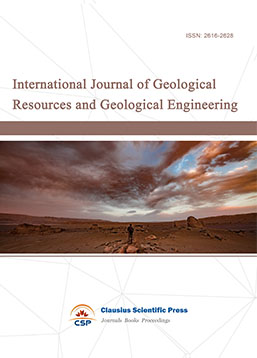
-
Solid Earth and Space Physics

-
Environment and Climate Protection

-
Journal of Cartography and Geographic Information Systems

-
Environment, Resource and Ecology Journal
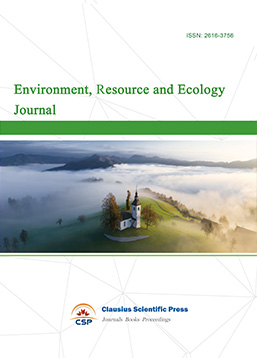
-
Offshore and Polar Engineering

-
Physical and Human Geography
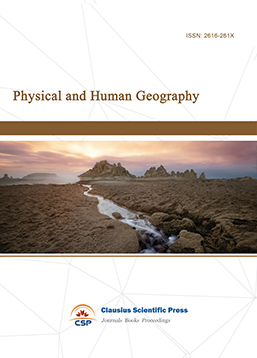
-
Journal of Atmospheric Physics and Atmospheric Environment
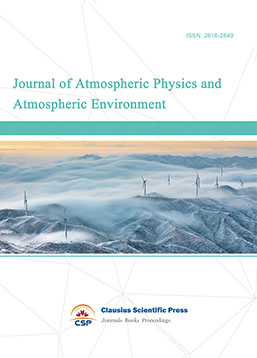
-
Trends in Meteorology

-
Journal of Coastal Engineering Research
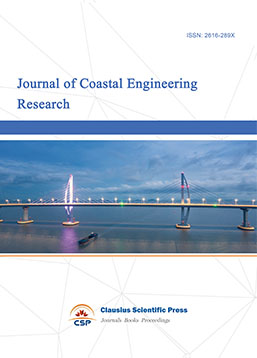
-
Focus on Plant Protection
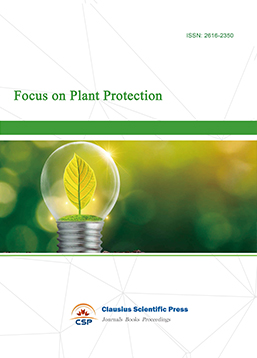
-
Toxicology and Health of Environment

-
Geoscience and Remote Sensing
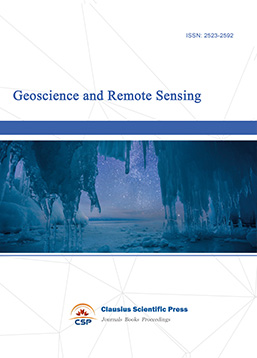
-
Advances in Physical Oceanography

-
Biology, Chemistry, and Geology in Marine
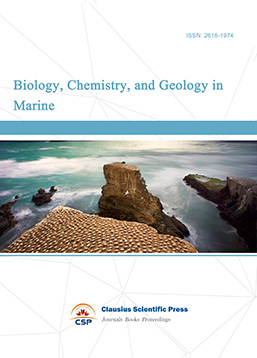
-
Water-Soil, Biological Environment and Energy

-
Geodesy and Geophysics

-
Journal of Structural and Quaternary Geology
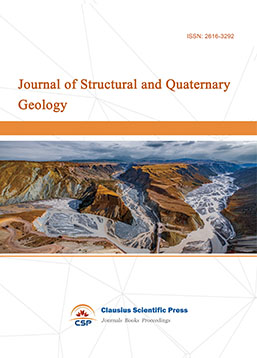
-
Journal of Sedimentary Geology

-
International Journal of Polar Social Research and Review


 Download as PDF
Download as PDF